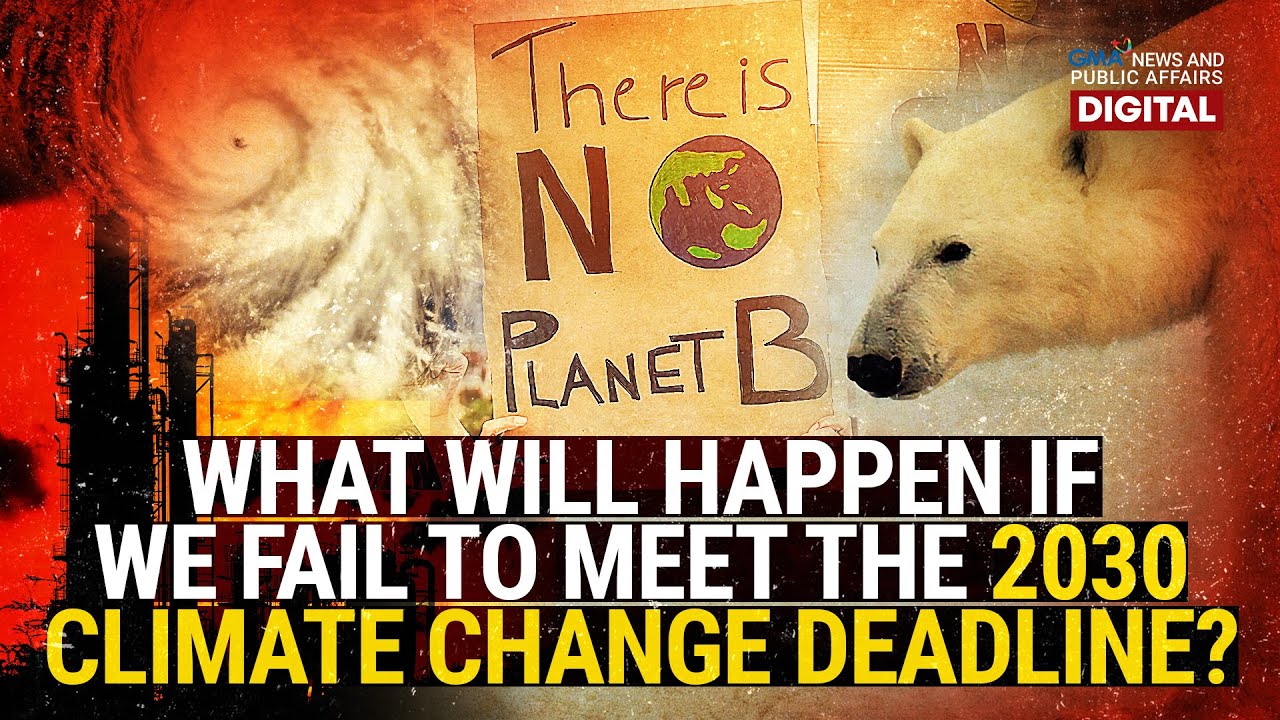Cities Rise to the Challenge – Sustainable Mobility
Summary
TLDRThe video script discusses the urgent need for sustainable urban mobility to combat climate change. It highlights the role of cities in transitioning from fossil fuels to renewable energy, the importance of low-carbon transportation solutions like electric vehicles and bike sharing systems, and the necessity of stakeholder engagement to drive behavioral change and create a more sustainable future.
Takeaways
- 🌍 Be ambitious and innovative in developing sustainable urban mobility.
- 🚗 Transportation of people and goods accounts for nearly 1/4 of global carbon dioxide emissions.
- 🌱 Transitioning to energy-efficient and renewable energy sources offers opportunities for low-carbon urban development.
- 🚲 Mobility significantly influences climate change, air quality, and citizens' quality of life.
- 💼 The role of the private sector is crucial in achieving sustainable urban mobility.
- 🔄 A shift to sustainable solutions like electric vehicles, car sharing, and bicycle lanes is necessary.
- 🚍 Bus Rapid Transit (BRT) systems, like those in Mexico City, improve public transport efficiency and reduce congestion.
- 🚴♂️ Promoting cycling and responsible cyclist culture is vital for short city trips.
- 🏙️ Future cities will be denser with narrower streets, requiring adaptable transport technologies.
- 🔄 Integrating various transport systems, such as BRT, subway, and public bikes, enhances urban mobility.
- 💡 Changing public behavior and policy is essential for sustainable urban mobility.
- 🤝 Stakeholder engagement, including decision-makers, companies, and citizens, is key to lowering greenhouse gas emissions.
- 🌍 Adapting transport solutions to local conditions benefits low-income areas and stimulates economic growth.
- 📉 Sustainable transport solutions combine economic, environmental, and social sustainability.
Q & A
What are the main goals of sustainable urban mobility mentioned in the script?
-The main goals of sustainable urban mobility include reducing carbon emissions, improving air quality, enhancing the quality of life for citizens, and promoting energy efficiency and renewable energy.
How do transportation and mobility impact global carbon dioxide emissions?
-Transportation and mobility account for nearly 1/4 of global carbon dioxide emissions, making it one of the greatest challenges facing cities today.
What opportunities does the shift to low-carbon urban development present?
-The shift to low-carbon urban development presents opportunities for cities to reduce their fossil fuel dependency, improve energy efficiency, and develop renewable energy sources, ultimately protecting the planet and improving people's lives.
What are some sustainable solutions mentioned for urban mobility?
-Sustainable solutions for urban mobility mentioned in the script include electric vehicles, car sharing, the expansion of bicycle and pedestrian lanes, and a shift from road to rail freight.
Why are short trips within the city significant for sustainable mobility?
-Short trips within the city, which are often less than eight kilometers, are significant for sustainable mobility because they can be efficiently managed with bicycles, reducing the reliance on individual cars and lowering carbon emissions.
What role does the private sector play in sustainable urban mobility?
-The private sector plays a crucial role in sustainable urban mobility by being part of the solution and contributing to the development of innovative, low-carbon transport options.
What is the Bus Rapid Transit (BRT) system, and why is it important?
-The Bus Rapid Transit (BRT) system is a transport solution where buses are given priority through dedicated bus lanes, allowing them to avoid traffic congestion and run more quickly and efficiently. It is important for reducing congestion and improving public transport efficiency.
How has Mexico City integrated different forms of public transport?
-Mexico City has integrated different forms of public transport by using a single city card that includes the BRT lines, subway stations, the electric system for public transport, and the public bike system.
What are the challenges in changing public behavior towards sustainable mobility?
-The challenges in changing public behavior towards sustainable mobility include getting people to accept and adapt to changes in the way cities are organized and convincing citizens to shift to more sustainable modes of transport.
Why is stakeholder engagement important in achieving sustainable urban mobility?
-Stakeholder engagement is important in achieving sustainable urban mobility because it requires the involvement of decision-makers, innovative companies, and citizens to implement bold public policies, create low-carbon solutions, and support the development of attractive, sustainable places to live and work.
Outlines

Dieser Bereich ist nur für Premium-Benutzer verfügbar. Bitte führen Sie ein Upgrade durch, um auf diesen Abschnitt zuzugreifen.
Upgrade durchführenMindmap

Dieser Bereich ist nur für Premium-Benutzer verfügbar. Bitte führen Sie ein Upgrade durch, um auf diesen Abschnitt zuzugreifen.
Upgrade durchführenKeywords

Dieser Bereich ist nur für Premium-Benutzer verfügbar. Bitte führen Sie ein Upgrade durch, um auf diesen Abschnitt zuzugreifen.
Upgrade durchführenHighlights

Dieser Bereich ist nur für Premium-Benutzer verfügbar. Bitte führen Sie ein Upgrade durch, um auf diesen Abschnitt zuzugreifen.
Upgrade durchführenTranscripts

Dieser Bereich ist nur für Premium-Benutzer verfügbar. Bitte führen Sie ein Upgrade durch, um auf diesen Abschnitt zuzugreifen.
Upgrade durchführenWeitere ähnliche Videos ansehen

ridle pra smtr

How to combat extreme heat in urban areas | Future Earth | BBC News

What will happen if we fail to meet the 2030 climate change deadline? | Need to Know

SDG 13: CLIMATE ACTION (Group 13)

How our lifestyle affects Climate Action | Arjuna Srinidhi | TEDxVITPune

The Worst Environmental Disasters In History | Desperate Hours | Earth Stories
5.0 / 5 (0 votes)
